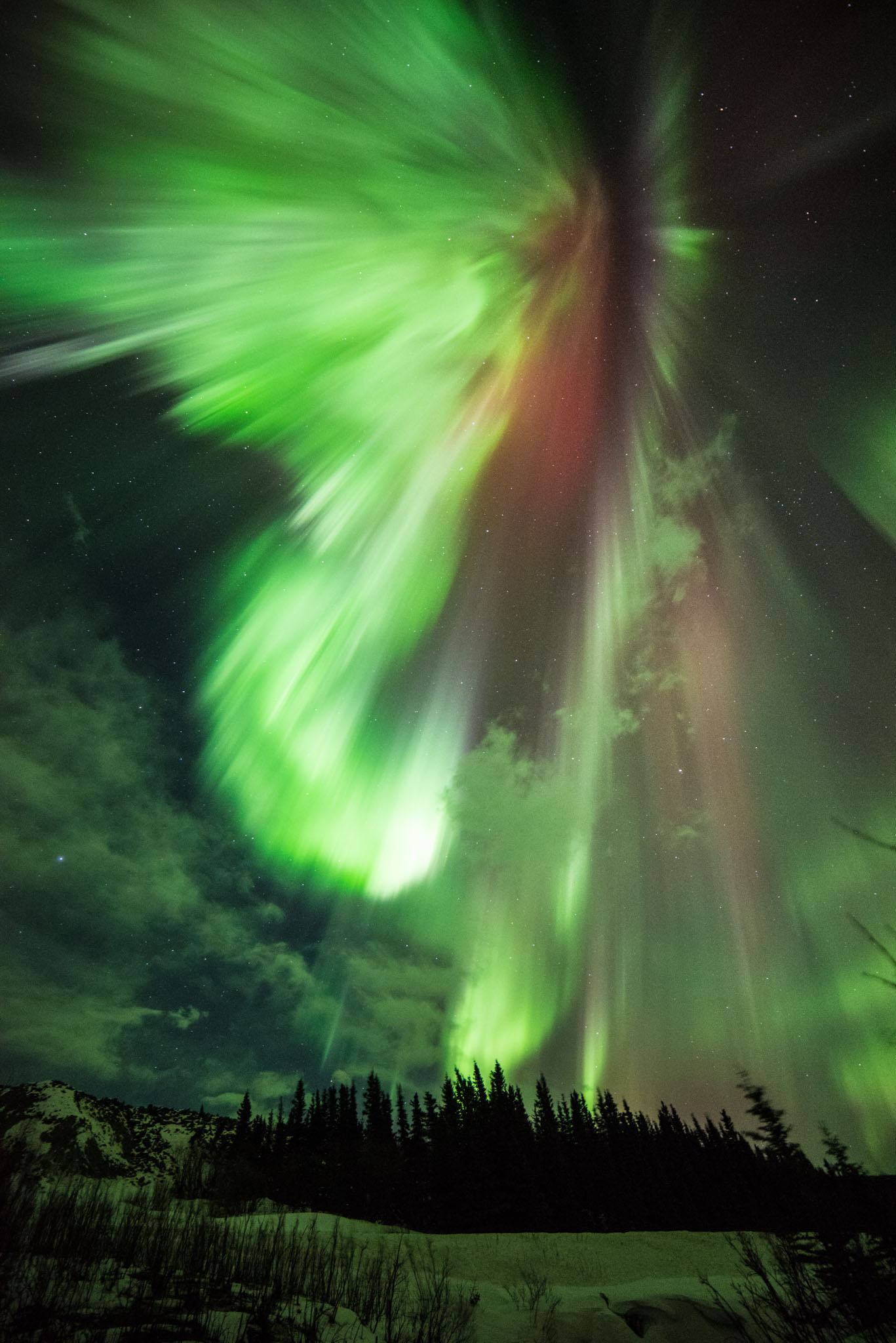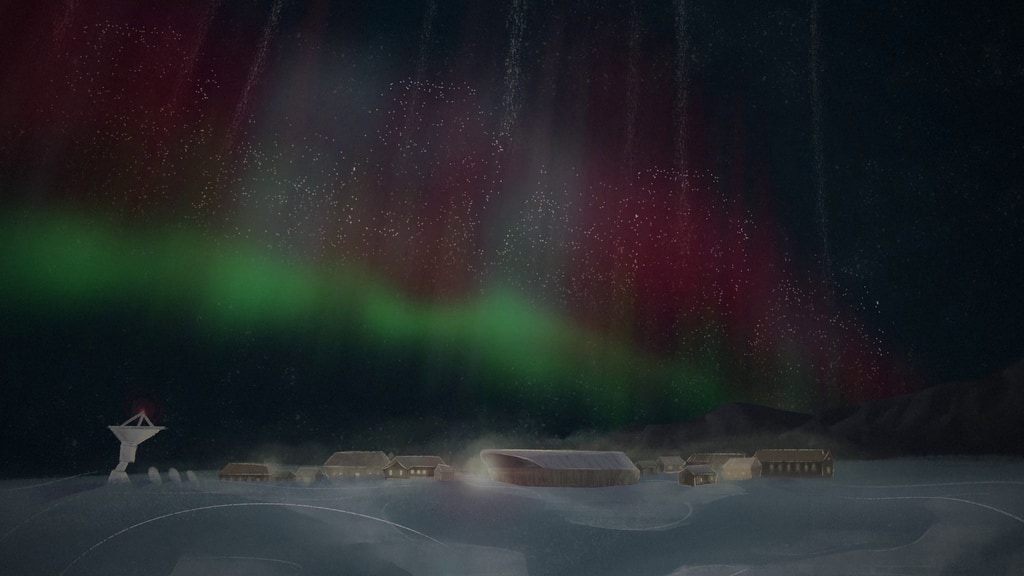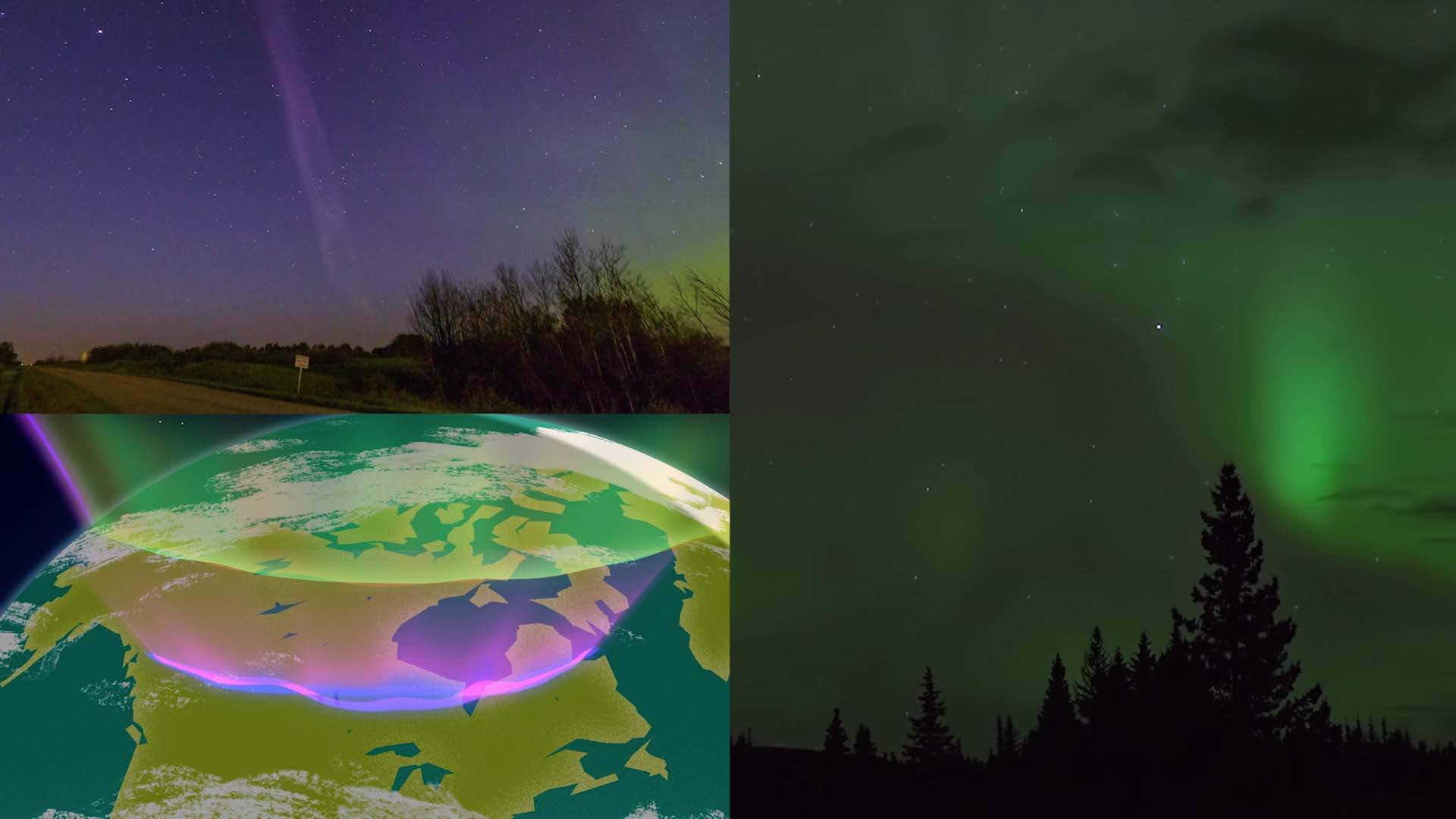Electrojet Zeeman Imaging Explorer (EZIE) Mission
Slated to launch in 2024, NASA’s Electrojet Zeeman Imaging Explorer (EZIE) will be the first mission to image the magnetic fingerprint of the auroral electrojets — intense electric currents flowing high above Earth’s poles that are central to the electrical circuit coupling the planet’s magnetosphere to its atmosphere.
Led by the Johns Hopkins Applied Physics Laboratory (APL), EZIE will use a trio of small satellites to characterize and record the electrojets’ structure over space and time. It will fill gaps in our understanding of this space weather phenomenon and provide findings that scientists can apply to other magnetized planets, both within and outside our solar system.
EZIE: The Mission to Explore Earth's Link to Space (OFFICIAL TRAILER)
Developed and led for NASA by the Johns Hopkins Applied Physics Laboratory (APL) in Laurel, Maryland, EZIE is a mission to explore Earth’s electrojets — intense electric currents flowing high above Earth’s polar regions and the dayside equatorial region. EZIE will provide unprecedented measurements of these electrical currents to answer decades-old — and much debated — mysteries. Understanding these currents is key to scientists’ ability to develop capabilities for predicting hazardous space weather.
Credit: NASA/Johns Hopkins APL
EZIE Science and Engineering Overview
EZIE is APL’s first mission to image the magnetic fingerprints of the Earth’s auroral electrojets, electrical currents that flow between Earth and space. The mission will star a trio of CubeSats, satellites roughly the size of a small suitcase, designed to move pole to pole and map the electrojets. Here’s what you should know about the mission.
Credit: NASA/Johns Hopkins APL/Emma Curran
EZIE satellites orbit above the North Pole
An animation of the three EZIE satellites moving as pearls on a string in their pole-to-pole orbit. As each CubeSat approaches the night side of the auroral oval around the North Pole, it reorients itself to point four beams of light down toward the ground to collect magnetic data from the electrojets in the aurora. Once beyond the auroral oval, the spacecraft reorient again, turning off their instruments.
Credit: NASA/Johns Hopkins APL/Steve Gribben
EZIE satellites orbit above the North Pole (with pop-up)
An animation of the three EZIE satellites moving as pearls on a string in their pole-to-pole orbit. As each CubeSat approaches the night side of the auroral oval around the North Pole, it reorients itself to point four beams of light down toward the ground to collect magnetic data from the electrojets in the aurora. Once beyond the auroral oval, the spacecraft reorient again, turning off its instrument. An inset shows a close-up of one CubeSat as it orbits.
Credit: NASA/Johns Hopkins APL/Steve Gribben
A Close-up of an EZIE CubeSat
An animation of an EZIE satellite rotating as it approaches the night side of the auroral oval at one of Earth's poles, pointing four beams of light from its four detectors into the green aurora below. Once beyond the auroral oval, the satellite reorients again.
Credit: NASA/Johns Hopkins APL/Steve Gribben
Animation of EZIE's Three Satellites
Credit: NASA/Johns Hopkins APL/Steve Gribben

EZIE's Three Satellites
Credit: NASA/Johns Hopkins APL/Steve Gribben

EZIE
Credit: NASA/Johns Hopkins APL/Steve Gribben

3D Illustration of EZIE CubeSat
A three-dimensional rendering of one of the EZIE CubeSats.
Credit: NASA/Johns Hopkins APL/Steve Gribben

3D Illustration of EZIE CubeSat
A three-dimensional rendering of one of the EZIE CubeSats.
Credit: NASA/Johns Hopkins APL/Steve Gribben

3D Illustration of EZIE CubeSat
A three-dimensional rendering of one of the EZIE CubeSats.
Credit: NASA/Johns Hopkins APL/Steve Gribben

3D Illustration of EZIE CubeSat
A three-dimensional rendering of one of the EZIE CubeSats.
Credit: NASA/Johns Hopkins APL/Steve Gribben

3D Illustration of EZIE CubeSat
A three-dimensional rendering of one of the EZIE CubeSats.
Credit: NASA/Johns Hopkins APL/Steve Gribben
Credits
Please give credit for this item to:
NASA/Johns Hopkins APL
-
Producer
- Beth Anthony (KBR Wyle Services, LLC)
Release date
This page was originally published on Tuesday, March 5, 2024.
This page was last updated on Tuesday, March 5, 2024 at 10:06 AM EST.

![Complete transcript available.Music credit: “Intrigues and Plots” and “Repetitive Motion” by Laurent Dury [SACEM] from Universal Production Music Watch this video on the NASA Goddard YouTube channel.](/vis/a010000/a013600/a013687/13687_AuroralBeads_YouTube.00320_print.jpg)


